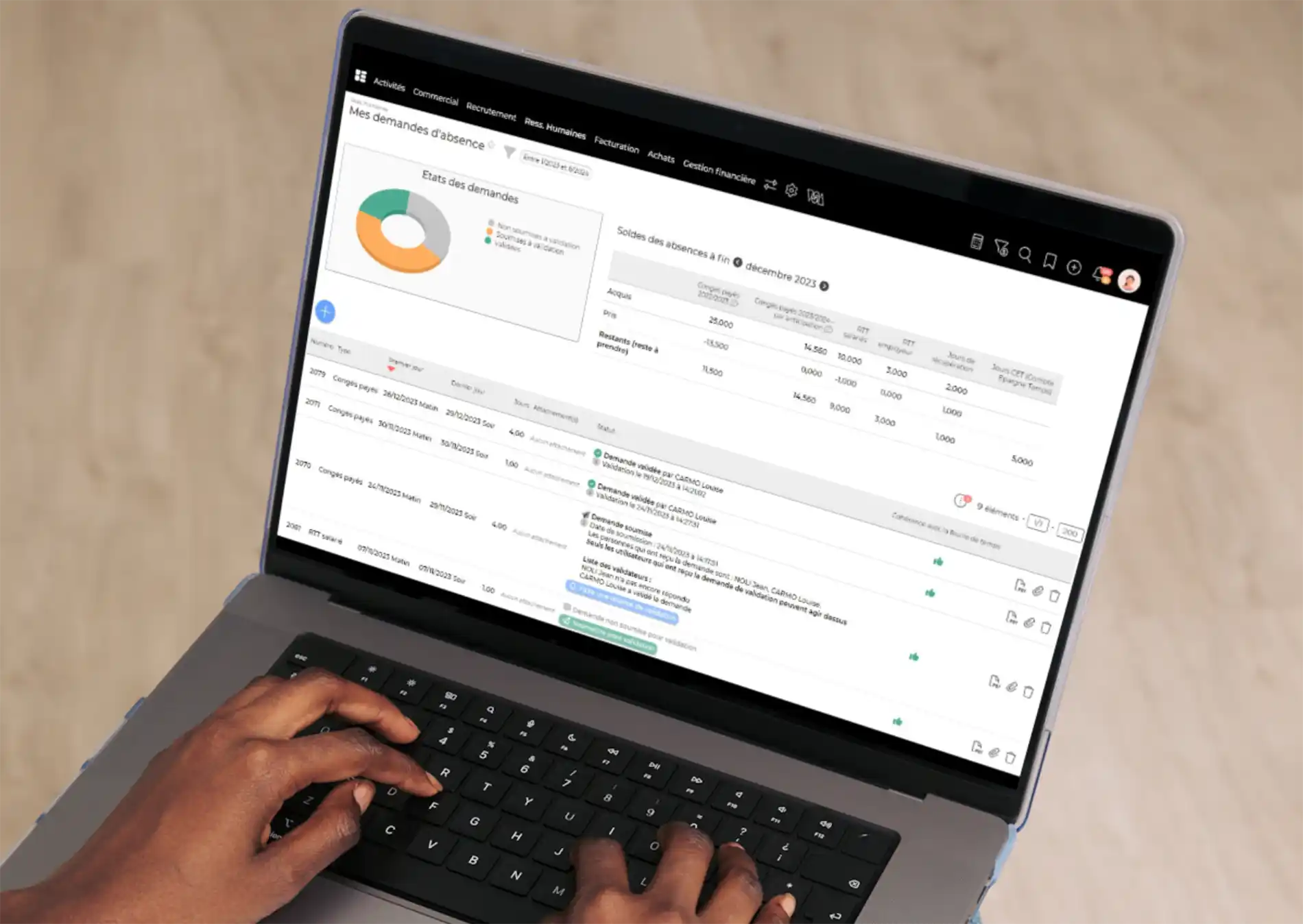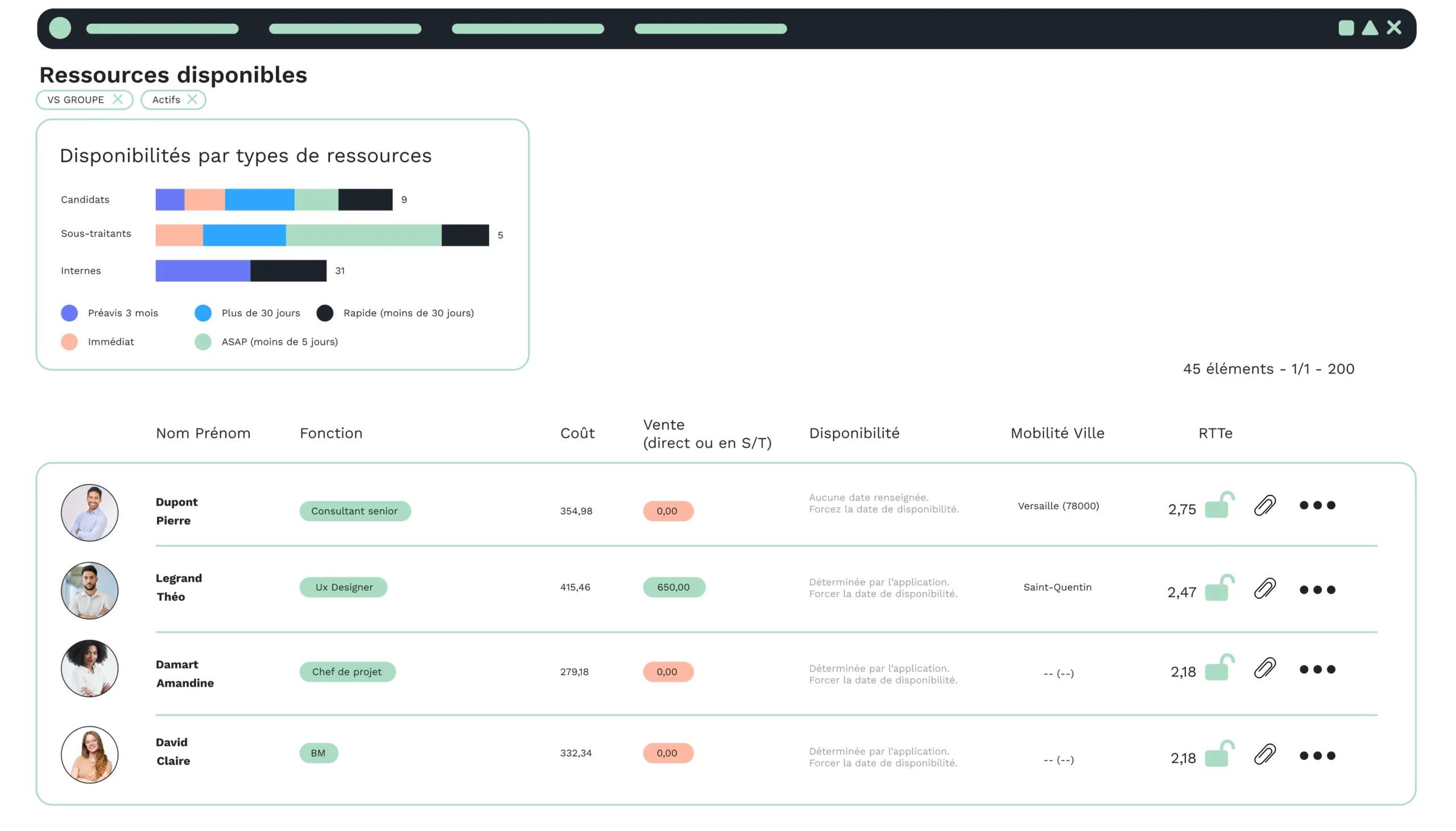Why use an HRIS?
A Human Resources Information System (HRIS) is a software package that covers all HR department functions. HR software is made up of a number of functional building blocks, also known as modules, which enable HR processes to be digitized and automated.
What are the functions of an HRIS?
The HRIS tool offers several functionalities to support human resources in their day-to-day administrative and personnel management.
- The corporate portal
- Personnel management
- Absence management
- Expense management
- Time management
- The schedule
- Payroll management
- Recruitment management
- Onboarding and offboarding
- Training and certification management
- Dashboards and reporting
Now that you’ve got an overview of HRIS functionality, let’s take a look at what this HR management solution can do for you.
5 reasons to implement an HRIS in your company
(Source: Edition Tissot)
Empowering employees
The HRIS solution will enable all users, whatever their status (employees, managers, HR, etc.) to act at their own level to carry out procedures (paid leave, training, time management, etc.).
Gaining in efficiency
The HRIS solution will automate processes and thus reduce repetitive administrative tasks. This optimizes tasks such as payroll preparation and expense reimbursement.
Human Resources will be able to put people back at the heart of their concerns.
Relieving legal pressure
By opting for an HRIS solution, the Human Resources department can be confident that its processes are running smoothly. In fact, the publisher takes care of updating the HRIS solution so that it complies with the new rules as they come into force.
A response to the new work format
Implementing an HRIS solution within your company means you can work from anywhere, simplifying and facilitating access to HR data for your employees (planning, activity, expense reports, vacations, etc.).
HR indicators for better management
With HRIS, HR data is centralized. This makes it easier to obtain HR indicators (turnover, absenteeism, overtime, etc.).
The technology provided by the implementation of an HRIS automates HR processes that used to take several hours, dematerializes documents and consolidates HR data in a single location.
This grouping enables us to better coordinate the various day-to-day activities carried out by Human Resources, namely personnel management and work organization.
It’s a collaborative tool that allows each player (employees, managers, HR) to be responsible, autonomous and to act at their own level: storing documents, collecting and analyzing HR data, declaring time, etc.
It also improves internal communication, especially between HR and employees.
So, convinced?







